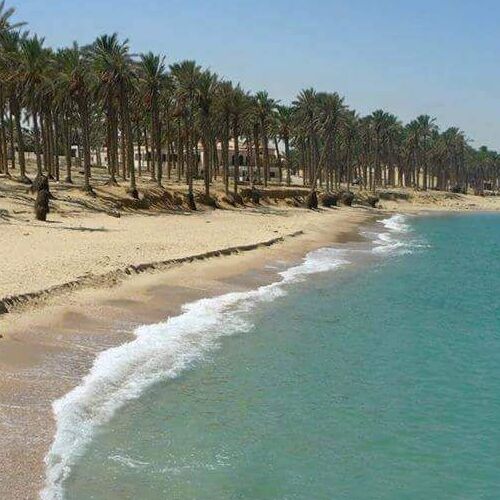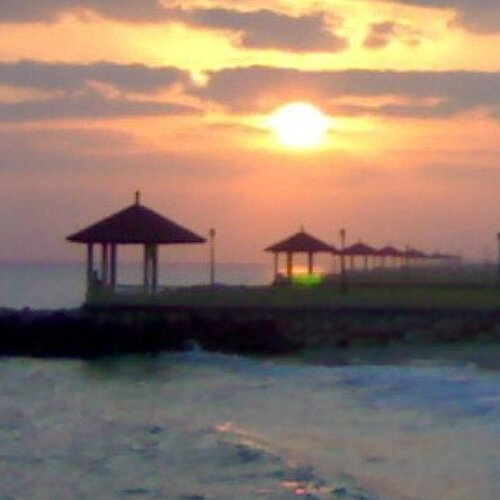The Protected Area of Zaranik
A Birdwatcher's Paradise in Egypt
Nestled at the eastern extremity of Lake Bardawil, the Zaranik Protected Area is a sanctuary where the natural world converges in a breathtaking display. This area, including the Zaranik Lagoon, is a mosaic of ecological diversity, characterized by its shallow waters and a scattering of islets, each cloaked in dense saltmarsh vegetation.
The landscape of Zaranik is a complex blend of extensive mudflats and saltmarshes lining the lagoon, seamlessly transitioning into inland sabkha and rolling sand dunes. Traces of human intervention are visible in the form of a salt works established in the 1980s, which includes a pumping station and a network of evaporation pools and saltpans. This facility became operational in 1997, predating the area’s designation as a protected zone.
Zaranik stands as a critical nexus in the global avian migratory network, bridging Africa, Asia, and Europe. This natural corridor sees a confluence of bird species, especially during the transitional seasons of autumn and spring, making it an unparalleled location for birdwatching.
Birds journey from the far reaches of Eastern Europe, Northwest Asia, Russia, and Turkey, heading towards the warmer climates of Middle and Southeast Africa. They are drawn to Zaranik in their quest for hospitable weather and abundant food sources. The vicinity of Lake Bardawil and other lakes along the East Bank of the Suez Gulf offers additional habitats for these migratory species.
An impressive tally of 244 bird species has been documented within Zaranik. This rich avifauna includes swans, ducks, herons, cattle egrets, storks, falcons, quails, buzzards, and sandpipers, along with gulls, terns, crows, hoopoes, and numerous others. Each species adds a unique brushstroke to the area’s vibrant ecological canvas.
Geologically, Zaranik is noteworthy, belonging to the Mediterranean Sea’s wetland basin. The protected area encompasses diverse ecosystems, from Zaranik Lake and desert islands to the sand barrier that segregates it from the Mediterranean Sea.
With around 270 bird species visiting annually, Zaranik is not just a haven for the avian community but also a stronghold against hunting and persecution, practices strictly controlled in this area. From herons and wading birds to gulls, quails, and an array of passerines, Zaranik offers an unparalleled spectacle for bird enthusiasts and nature lovers alike.
In essence, the Zaranik Protected Area is more than just a spot on the map; it is a symphony of nature’s wonders, a place where the skies come alive with the ballet of birds, painting the air with their diverse hues and melodies. It is a place where the rhythm of wings and the whisper of reeds tell the story of migration and survival, a story as old as time itself.
Created On March 18, 2020
Updated On January 24, 2024



